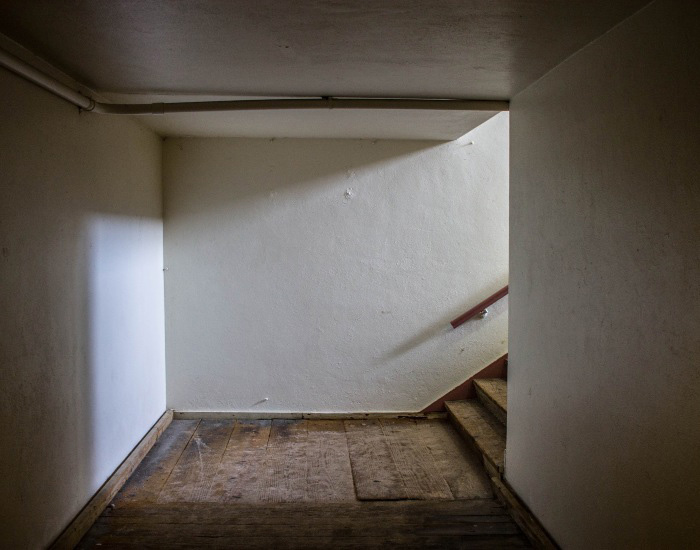Bowing Basement Wall Repair in the Greater Green Bay Area
Bowing Basement Wall Repair in the Greater Green Bay Area

Have you noticed alarming changes in your basement, like bowing or bending walls? Many homeowners in the Greater Green Bay area face this issue. Affected walls are usually of masonry construction, curving in from the outside and often accompanied by cracks. Bowing walls are most likely to appear during the rainy season and can lead to water intrusion and mold growth. Luckily, there are reliable solutions available for bowing basement wall repair.
Why Do Basement Walls Bow Inward?
The main culprit behind bowing basement walls is hydrostatic pressure caused by waterlogged or frozen soil exerting force from the outside. This is particularly problematic in areas with clay-rich soil, including the Greater Green Bay area. Other contributing factors include heavy objects near the basement walls or foundation settlement. Key signs of this issue include horizontal or stair-step cracking and walls sliding inwards or leaning at the top.
When and How to Address Bowing Walls
Timing is crucial. Ideally, repairs should be done during the driest and warmest months, typically from June to September. However, if the problem is severe and causing water intrusion, it’s best to act immediately. It’s important to note that basement wall bracing is not a DIY job; it requires professional intervention for the best results.
Options for Bowing Wall Repair and Stabilization
Professionals employ various methods to fix or stabilize bowing foundation walls. These include:
- Basement wall braces: Carbon fiber straps and steel I-beams can be installed vertically along the wall. Straps applied with epoxy help stabilize the wall, while steel beams push the walls back to vertical.
- Basement wall anchors: These systems are ideal for moderate deflections up to 2 inches. Wall plate anchors involve large metal plates fastened along the basement wall with steel rods extending horizontally into the ground. Helical tie-backs, used for badly deflected walls, are installed from inside the basement and extend into the ground outside.
- Basement wall replacement: If the walls deflect more than 6 inches, complete demolition and replacement of the basement walls may be necessary.
Stabilizing Bowed Basement Walls with StablWall™
The StablWall system presents a novel approach to addressing bowing and cracked basement walls. This system uses carbon fiber sheets installed with specialized adhesives, offering a solution 10 times stronger than steel. Unlike traditional repairs that can encroach on the living space, StablWall is installed between the damaged walls and drywall, saving valuable space and preventing an eyesore in your basement.
Once the bowing walls are repaired, homeowners should take preventative measures to avoid future issues, such as fixing leaky gutters, installing a drainage system, and grading the soil away from the house.
Request Your Free Inspection
Everdry Waterproofing, based in Appleton, WI, has been in business for over 40 years and has completed more than 80,000 jobs. Our expertise in bowing basement wall repair is backed by accreditation from several third-party inspection agencies and a transferable lifetime warranty. If you’re in the Greater Green Bay area and need help repairing bowing concrete walls, contact us at 920-364-0967 to request your free inspection.
